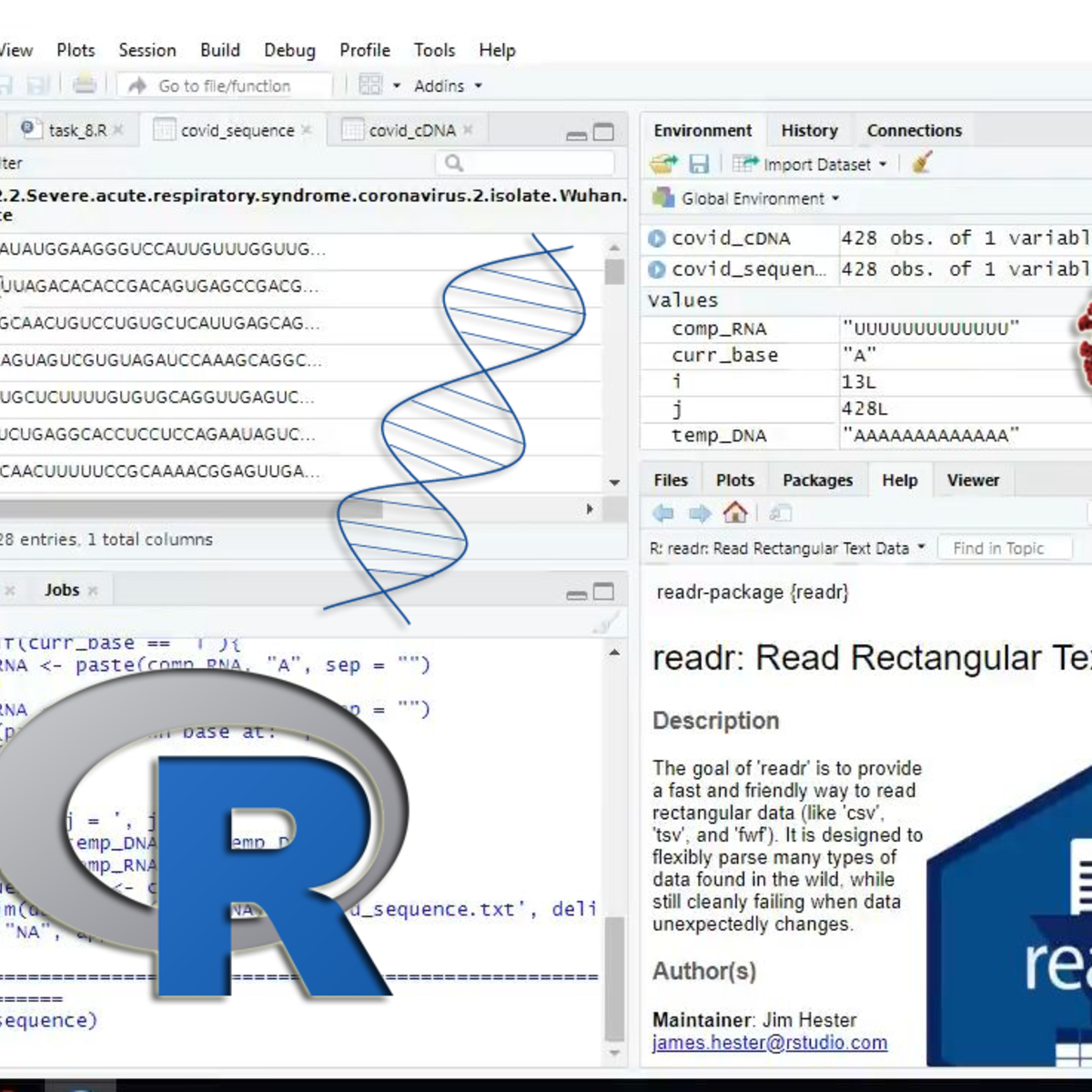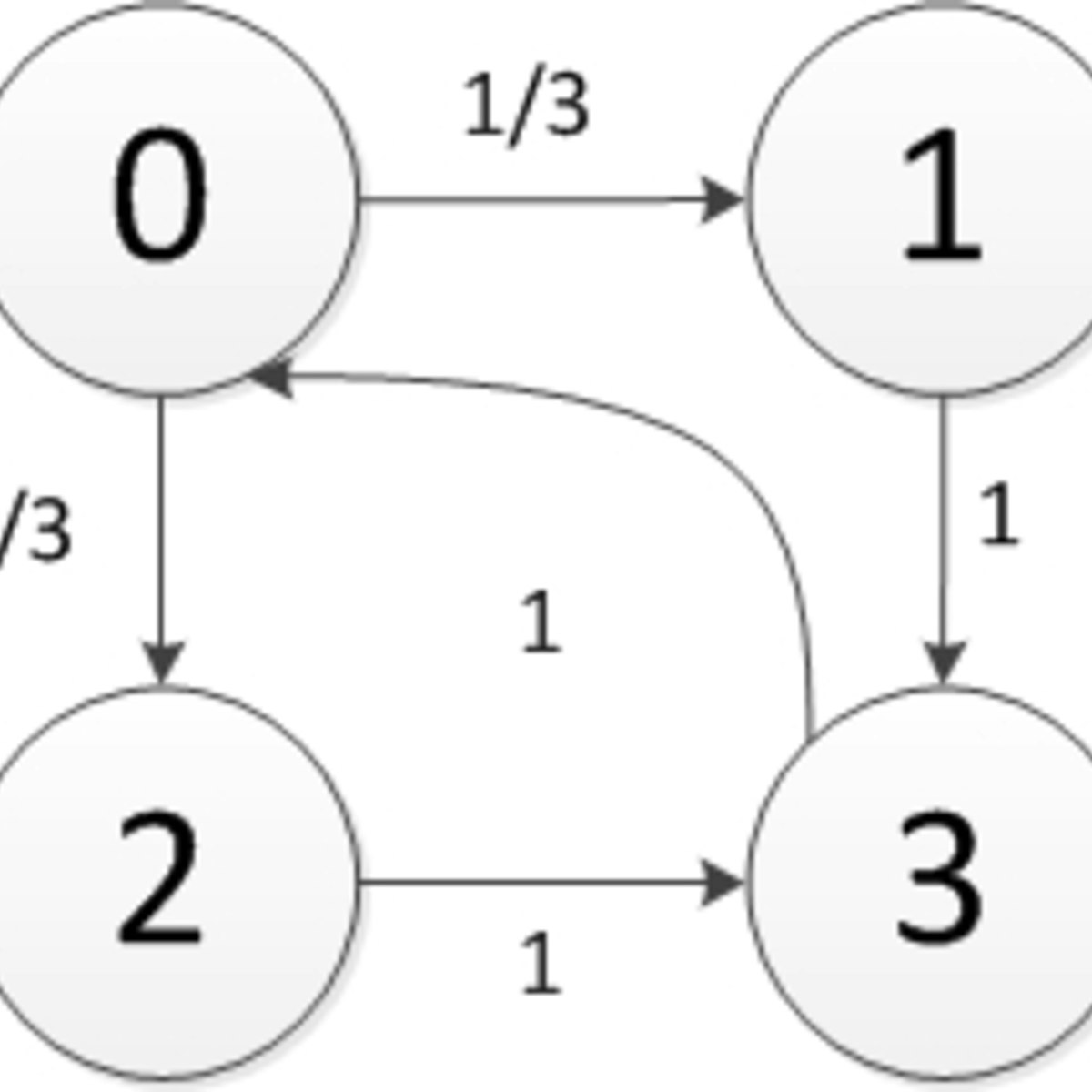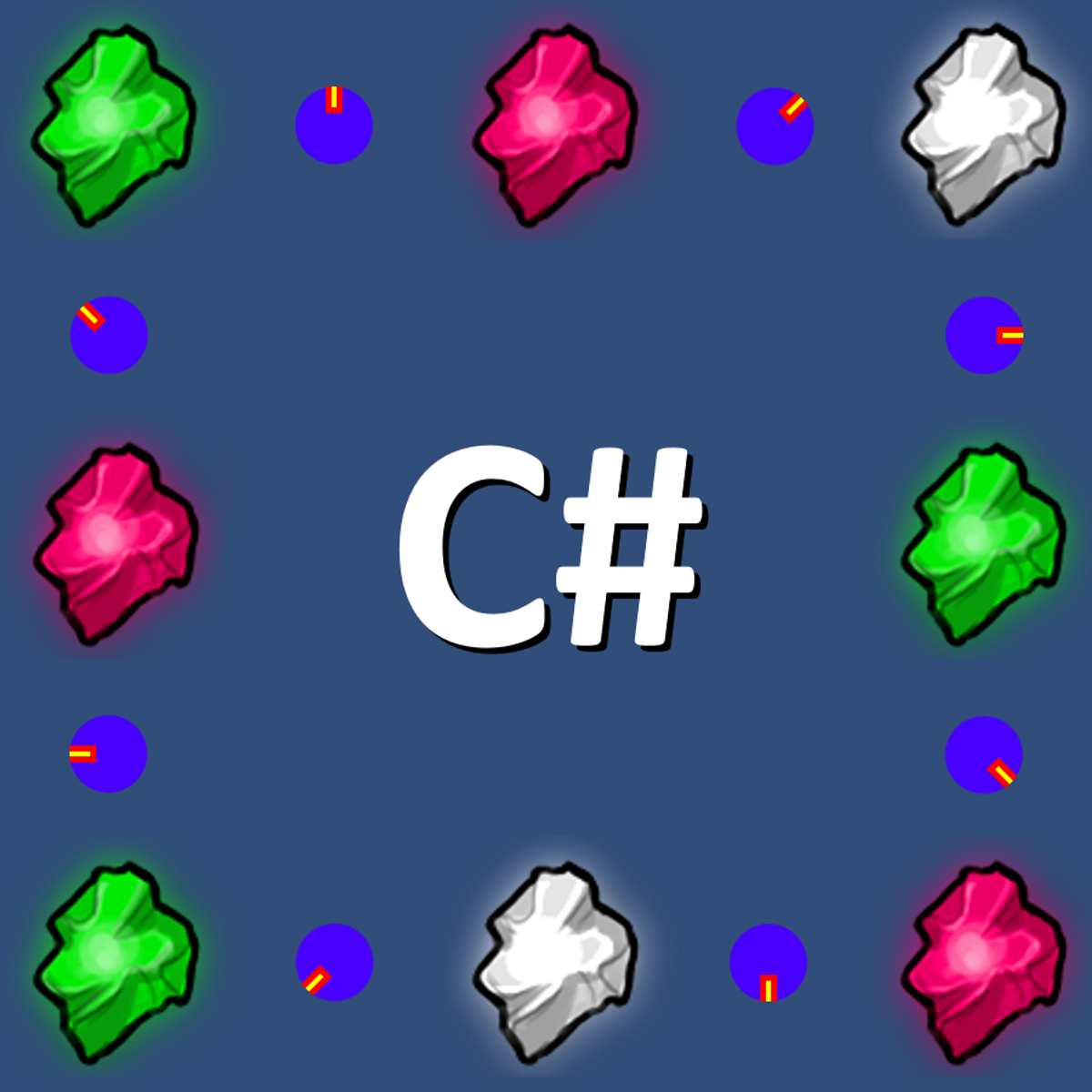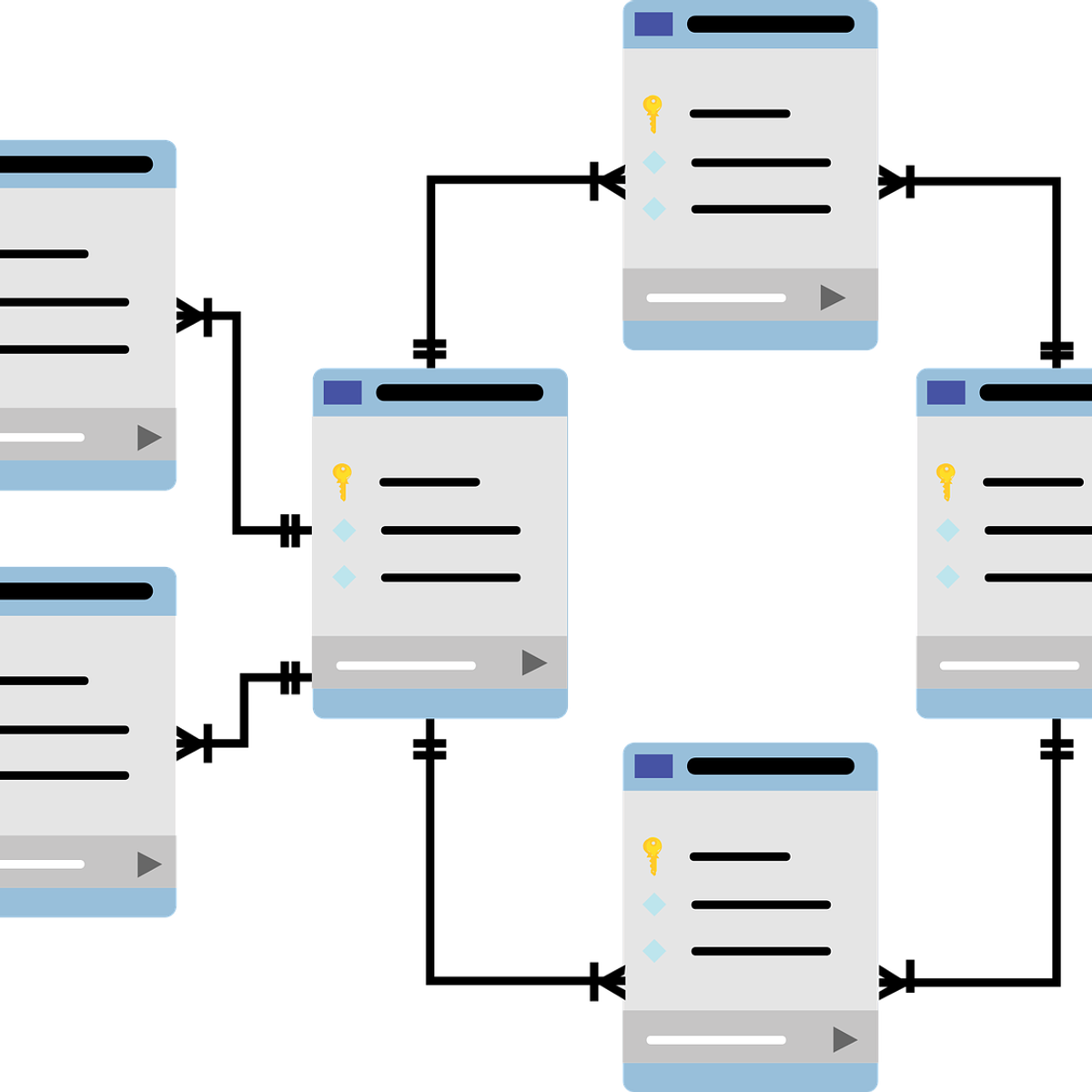Back to Courses









Software Development Courses - Page 43
Showing results 421-430 of 1266

Java Inheritance, Composition and Aggregation
In this project you will create a Java application that inherits from a Car class in Java and use aggregation and composition in a class that uses one to many Car objects.
Code re-use allows the developer to use tried and tested code, which results in more reliable code and saves in development time as well. In Object-Oriented Programming in a language such as Java, code re-use can be accomplished in two distinctive ways. One way is to inherit from an existing class by extending its existing functionality. A Car class for example can be extended by a Used Car class by adding a parameter to indicate the number of miles on it. Another common way to re-use code is through aggregation and composition. In aggregation, the class is made up of other existing classes that may exist independent of the parent class.
Note: This course works best for learners who are based in the North America region. We’re currently working on providing the same experience in other regions.

Smart Contracts
This second course of the Blockchain specialization will help you design, code, deploy and execute a smart contract – the computational element of the blockchain technology. Smart contracts allow for implementing user-defined operations of arbitrary complexity that are not possible through plain cryptocurrency protocols. They allow users to implement conditions, rules and policies of the domain applications. Smart contracts are a powerful feature that, when properly designed and coded, can result in autonomous, efficient and transparent systems.
You will design and program smart contracts in Solidity language, test and deploy them in the Remix development environment, and invoke them from a simple web interface that Remix provides. This course features best practices for designing solutions with smart contracts using Solidity and Remix IDE.
Main concepts are delivered through videos, demos and hands-on exercises.

Reverse and complement nucleic acid sequences (DNA, RNA) using R
In this 1-hour long project-based course, you will learn the basic building blocks in the R language and how to Develop an R program that constructs reverse, complement, and reverse-complement nucleic acid sequences (DNA, RNA). Also, you will make your code read a file that has a long DNA sequence and deal with one of the complete genomes for the novel coronavirus.

Introduction to Programming and Animation with Alice
This course is an introductory programming course that combines programming
with animation, using the programming environment Alice. You will first
learn to tell 3D animated stories by programming Aliceʼs 3D objects. In
particular you will learn how to set up a scene, to tell a story using
storyboarding, to move the camera, and how to move and rotate objects. You
will learn programming concepts such as writing your own instructions,
repetition, making decisions, and grouping similar objects together. In
the second half of the course you will learn how to combine the topics you
have learned with event programming to build 3D games you and your friends
can play.

Quantitative Model Checking
The integration of ICT (information and communications technology) in different applications is rapidly increasing in e.g. Embedded and Cyber physical systems, Communication protocols and Transportation systems. Hence, their reliability and dependability increasingly depends on software. Defects can be fatal and extremely costly (with regards to mass-production of products and safety-critical systems).
First, a model of the real system has to be built. In the simplest case, the model reflects all possible states that the system can reach and all possible transitions between states in a (labelled) State Transition System. When adding probabilities and discrete time to the model, we are dealing with so-called Discrete-time Markov chains which in turn can be extended with continuous timing to Continuous-time Markov chains. Both formalisms have been used widely for modeling and performance and dependability evaluation of computer and communication systems in a wide variety of domains. These formalisms are well understood, mathematically attractive while at the same time flexible enough to model complex systems.
Model checking focuses on the qualitative evaluation of the model. As formal verification method, model checking analyzes
the functionality of the system model. A property that needs to be analyzed has to be specified in a logic with consistent syntax and semantics. For every state of the model, it is then checked whether the property is valid or not.
The main focus of this course is on quantitative model checking for Markov chains, for which we will discuss efficient computational algorithms. The learning objectives of this course are as follows:
- Express dependability properties for different kinds of transition systems .
- Compute the evolution over time for Markov chains.
- Check whether single states satisfy a certain formula and compute the satisfaction set for properties.

Test and Debug Your Build with Visual Studio Code
In this 1-hour long project-based course, you will learn how to test and debug your code in Visual Studio Code. You will find the bugs in a sample program and fix them. Topics covered include: building code for debugging, breakpoints, watch, call stack, conditional breakpoints, function breakpoints, and debug console.
Note: This course uses a C++ program as a learning tool. Basic knowledge of C++ is useful but any coding experience of a modern and similar language (such as C, Swift, Java, JavaScript, Kotlin) will suffice.

More C# Programming and Unity
This course is the second course in the specialization about learning how to develop video games using the C# programming language and the Unity game engine on Windows or Mac. Why use C# and Unity instead of some other language and game engine? Well, C# is a really good language for learning how to program and then programming professionally. Also, the Unity game engine is very popular with indie game developers; Unity games were downloaded 16,000,000,000 times in 2016! Finally, C# is one of the programming languages you can use in the Unity environment.
This course assumes you have the prerequisite knowledge from the previous course in the specialization. You should make sure you have that knowledge, either by taking that previous course or from personal experience, before tackling this course. Throughout this course you'll continue building your foundational C# and Unity knowledge by exploring more C# and Unity topics and finishing the Unity game you started at the end of the previous course.
The material in this and the previous course is essentially our first programming course for Game Design and Development majors at UCCS.
Module 1: Learn how we make decisions in our code
Module 2: Learn how to get and use player input in your Unity games
Module 3: Learn how to use iteration (looping) to repeat actions in your code
Module 4: Learn how we can store lots of data in arrays and lists
“Unity” is a trademark or registered trademark of Unity Technologies or its affiliates in the U.S. and elsewhere.
This course is an independent work and is not sponsored by, authorized by, or affiliated with Unity Technologies or its affiliates

Working with MySQL DB instance using AWS RDS
In this 1-hour long project-based course, you will learn how to create, connect & delete a MySQL DB instance using AWS RDS.
Amazon Relational Database Service (Amazon RDS) makes it easy to set up, operate, and scale a relational database in the cloud. It provides cost-efficient and resizable capacity while automating time-consuming administration tasks such as hardware provisioning, database setup, patching, and backups. It frees you to focus on your applications so you can give them the fast performance, high availability, security, and compatibility they need. By completing the steps in this guided project, you will successfully launch a MySQL DB instance using AWS RDS within the AWS Free Tier. You will also connect to the instance that you launch using MySQL workbench client and then terminate the instance.

Use AI Builder and Power Apps to Process Invoice Data
What's the quickest and most efficient way of keeping track of incoming invoices? A company accounting department usually keeps data on business expenses in lists where employees manually enter invoice data such as invoice number, invoice date, due date, total amount etc. It's a time-consuming and error-prone process, but thankfully, it can be automated with AI Builder and Power Apps or Power Automate.
In this 60-minutes long guided project, “Use AI Builder and Power Apps to Process Invoice Data”, you will create a SharePoint site and list, build and train AI Builder model for processing invoice data and create a Power Apps application which will use that model and AI builder to read data from invoices and save it to the created SharePoint list. Of course, that Power App application can be shared with colleagues so they can upload invoices from their devices or take a photo of them directly. All we need to do is take our phone, open the application, upload the document, or take a photo of the invoice and let the Power App and AI builder do the rest. Is that a great improvement of a business process or what? The best thing about SharePoint, AI Builder and Power Apps is that anyone can learn to use them regardless of their educational background. We don’t need to be familiar with any programming language, basic knowledge of Excel-like formulas is enough for completing this project.
Since this project uses Office 365 services like SharePoint and Power Apps (part of the Microsoft Power Platform), you will need access to a Microsoft account and a Microsoft 365 Developer Program subscription account. In the video at the beginning of the project you will be given instructions on how to sign up for both.
If you are ready to automate manual, repetitive and time-consuming business processes and thus make time for more important tasks, then this project is for you! Let's get started!

Problem Solving, Python Programming, and Video Games
This course is an introduction to computer science and programming in Python. Upon successful completion of this course, you will be able to:
1. Take a new computational problem and develop a plan to solve it through problem understanding and decomposition.
2. Follow a design creation process that includes specifications, algorithms, and testing.
3. Code, test, and debug a program in Python, based on your design.
Important computer science concepts such as problem solving (computational thinking), problem decomposition, algorithms, abstraction, and software quality are emphasized throughout. The Python programming language and video games are used to demonstrate computer science concepts in a concrete and fun manner. However, a learner can take the knowledge and skills from this course and apply them to non-game problems, other programming languages, and other computer science courses.
You do not need any previous programming, Python, or video game experience. However, some computer skills (e.g., mouse, keyboard, document editing), knowledge of algebra, attention to detail (as with many technical subjects), and a “just give it a try” spirit will be keys to your success. Despite the use of video games for all the programming examples, PVG is not about computer games. PVG will still provide valuable knowledge and skills for non-game computational problems.
The interactive learning objects (ILO) of the course provide automatic, context-specific guidance and feedback, like a virtual teaching assistant, as you develop problem descriptions, algorithms, and functional test plans. The course forums will be supported by the creators of the course, to help you succeed.
All videos, assessments, and ILOs are available free of charge. There is an optional certificate available for a fee.
Popular Internships and Jobs by Categories
Browse
© 2024 BoostGrad | All rights reserved


